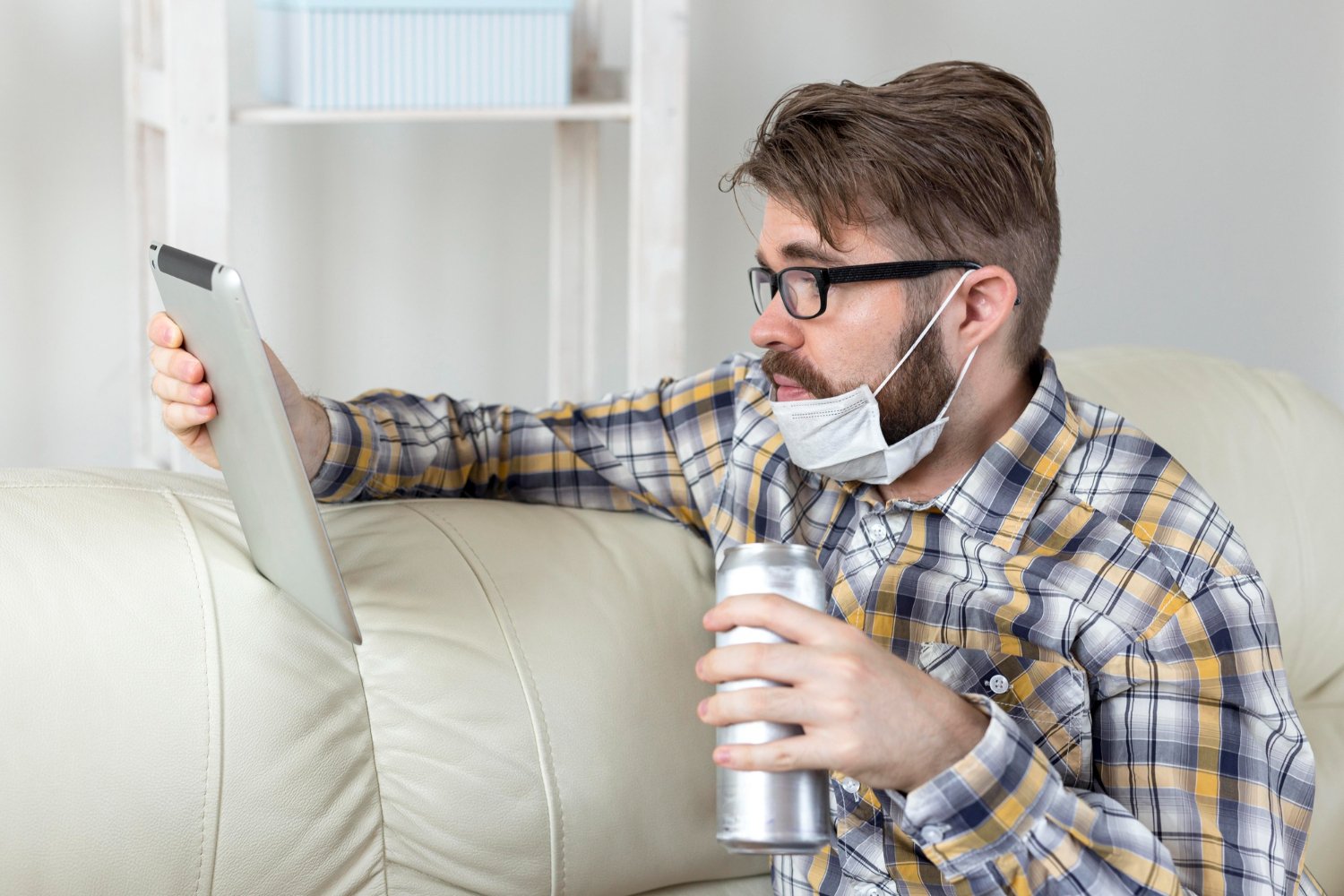Humidity might seem harmless, but it can have a major impact on electronic devices. Whether you’re dealing with personal gadgets like smartphones and laptops or larger systems like servers and industrial machines, exposure to excess moisture in the air can lead to performance issues, damage, and costly repairs.
Understanding how humidity affects electronics is key to protecting your devices and ensuring they operate reliably, especially in climates where moisture levels fluctuate frequently.
How Humidity Impacts Electronic Devices
Humidity refers to the level of water vapor present in the air. When that level is too high, especially above 60%, moisture can begin to accumulate inside and around electronic components—even if you don’t see visible water.
1. Corrosion of Internal Components
Moisture can cause metal parts within electronics—like circuit boards, connectors, and terminals—to oxidize and corrode. This weakens the material, disrupts connections, and can eventually render the device unusable. Corrosion is a slow process but often irreversible once it sets in.
2. Short Circuits
In very humid environments, condensation can form inside devices when they’re powered off and then turned on quickly. This water buildup can connect circuits that weren’t meant to be linked, leading to short circuits. These can instantly damage components or create safety hazards like sparks or fires.
3. Decreased Insulation Efficiency
Many electronic systems rely on insulating materials to keep electrical paths separate. When exposed to high humidity, these materials may absorb water, lowering their resistance and allowing unwanted electrical leakage. This kind of energy loss can reduce efficiency and reliability.
4. Mold and Mildew Risks
Moist environments create ideal conditions for mold and mildew growth. If electronics are stored in poorly ventilated or damp areas, fungi can grow inside the device casing. This not only causes odor and contamination but can interfere with performance by blocking ventilation and damaging internal parts.
Safe Humidity Levels for Electronics
To keep electronics in good condition, it’s best to maintain indoor humidity between 30% and 60%. Below 30%, the risk of electrostatic discharge increases. Above 60%, moisture-related damage becomes more likely. In data centers, labs, and offices, humidity control is just as important as temperature regulation.
Protecting Your Devices from Humidity
There are several practical ways to reduce humidity’s effects on electronics:
- Use a dehumidifier in areas with sensitive equipment.
- Store devices in dry, well-ventilated locations, especially if unused for long periods.
- Add silica gel packs to storage containers to absorb extra moisture.
- Install environmental monitoring systems in places like server rooms.
- Avoid using electronics in steamy environments such as bathrooms or kitchens.
Devices used in tropical or coastal regions where humidity stays high year-round are especially vulnerable. Taking extra precautions in these areas can make a big difference in how long your electronics last and how well they function.
Electronics and moisture don’t mix well. But with the right care, you can prevent humidity from silently damaging your most valuable equipment.


